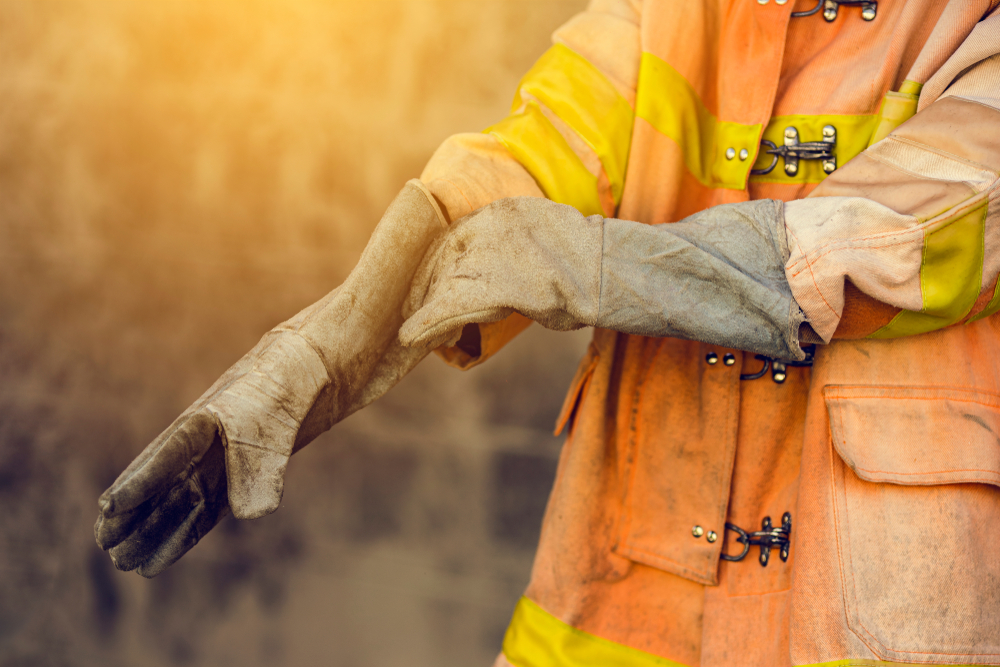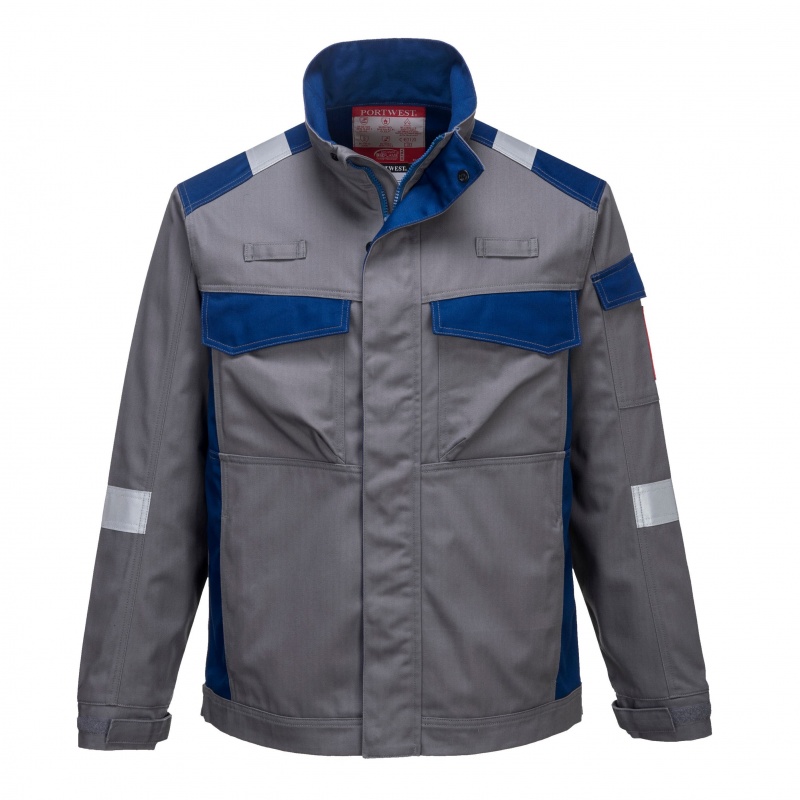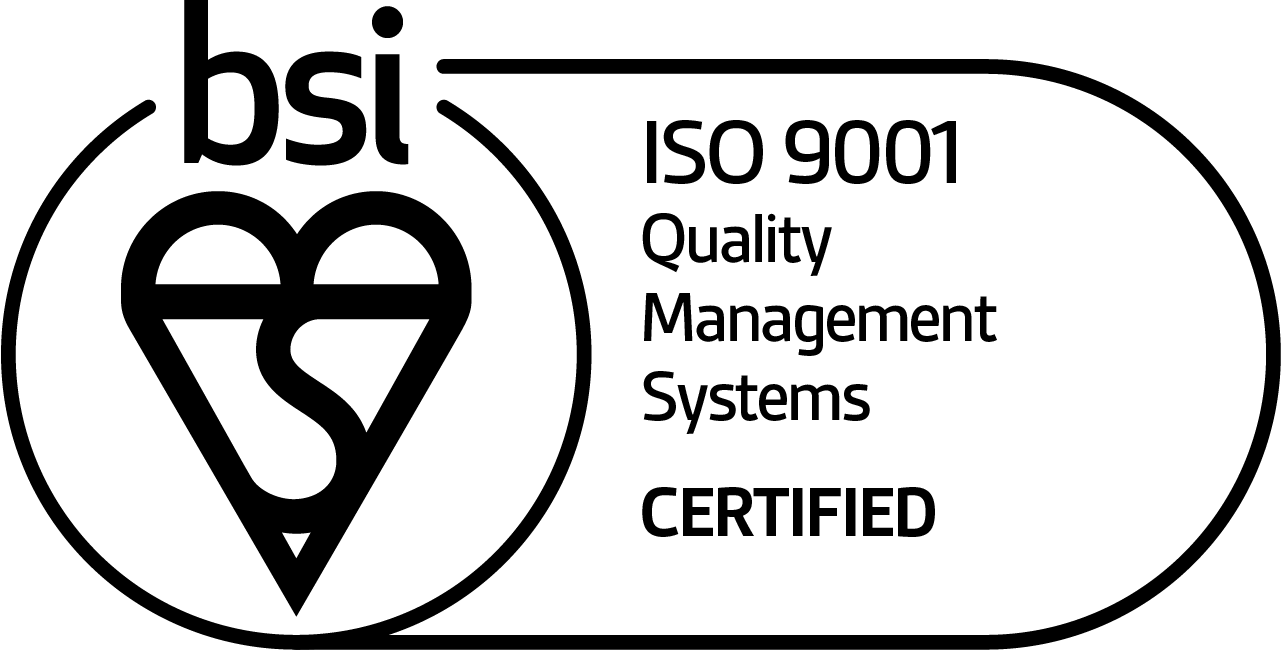| Flame Resistant Standards: What Do I Need to Know?19 December 2019 Workers across a wide range of industries require clothing that is flame resistant or flame retardant. With many different types of clothing that all come with different standards, how do you know which flame-resistant clothing you need to buy?
Help is at hand, and we've taken the time to take a look into all of the flame-resistant standards so you know what you're looking at when it comes to your flame-resistant clothing. From EN 11612 to IEC 61482, this guide explains it all. An Introduction to Flame Resistant StandardsOur flame-resistant range is all fully certified, designed to protect you from burns if there is a flame risk. Designed using high-quality materials such as Aramid, all of the clothing available has been put under harsh testing, to ensure that it is up to the job. If you're thinking that it's just firefighters who require flame protection, then read on! Flame-resistant material is required across a wide range of industries. These include:
Standard by StandardWithout further ado, we're going to jump straight in. The most important flame-resistant material that you need to know is EN 11612. EN 11612: Protective Clothing Against Heat and FlameEN 11612 determines whether or not a piece of clothing can provide protection against heat and flame. The garment will receive a score on the following points:
ISO 13506: Manikin TestThis tests how garments will react in the case of a flash fire. Measurement is taken from the amount of transferred energy from a source to an instrumented manikin. By completing this test, regulators can make a prediction on the injury occurred following exposure to heat and flame. They are able to predict what percentage of the body will receive burns and to what degree. While a product cannot pass or fail this standard, it will give a key indication onto how protective the garment actually is. EN 11611: Protective Clothing for Use in Welding and Allied ProcessesEN 11611 covers the requirements of protective clothing that is intended for use within welding and other similar tasks. This standard usually covers aprons, hoods, sleeves, and gaitors. A garment will be awarded one of two classes, which are as follows:
EN 14116: Protective Clothing Against Limited Flame Spread Materials and Material AssembliesEN 14116 was brought in to replace EN 533, so any garment that is certified to EN 533 will need to be retested to the newer standard. EN 14116 is designed to test how a flame will spread on a garment, and is particularly relevant when a garment is designed for use with small igniting sparks. The idea is that these garments will not become alight when a small source touches the garment. A product will be awarded a score of between one and three, the results of which determine how close to the skin the clothing should be. These are:
A Case Study: Portwest BizFlameLet's put this into practice. Portwest have a fantastic range of flame-resistant clothing called Portwest Bizflame. You can take a look at any of the products there, all of them are certified to the relevant standards mentioned in this email. The product that we're going to take a more detailed look at is the Portwest FR08 Bizflame Ultra Two Tone Jacket.
The ResultsThe FR08 Jacket received the following:
This means that the product can limit the spread of flame, while offering the lowest level of resistance against convective heat, radiant heat and contact heat. However, it does protect better against molten metal spreading, meaning that it is best suited to welding type tasks. Alternatively, the product also received a score of class 1 under EN 11611. This means that the jacket offers sufficient protection against less hazardous welding activities that cause low levels of heat and metal splashes. As a result, we would recommend this jacket for welding where the risk of flames spreading is low, but there is a risk from small splashes of molten metal. Understand Regulation Before You BuyIt's important with any piece of PPE to understand the legislation before you buy. With fire-resistant clothing it could not be more important, as otherwise it is your life on the line. For our full range of flame clothing, please see our Flame-Resistant Workwear category. If you have any questions on our ear defenders or anything to add, then we would love to hear from you. Please leave a comment below! |








